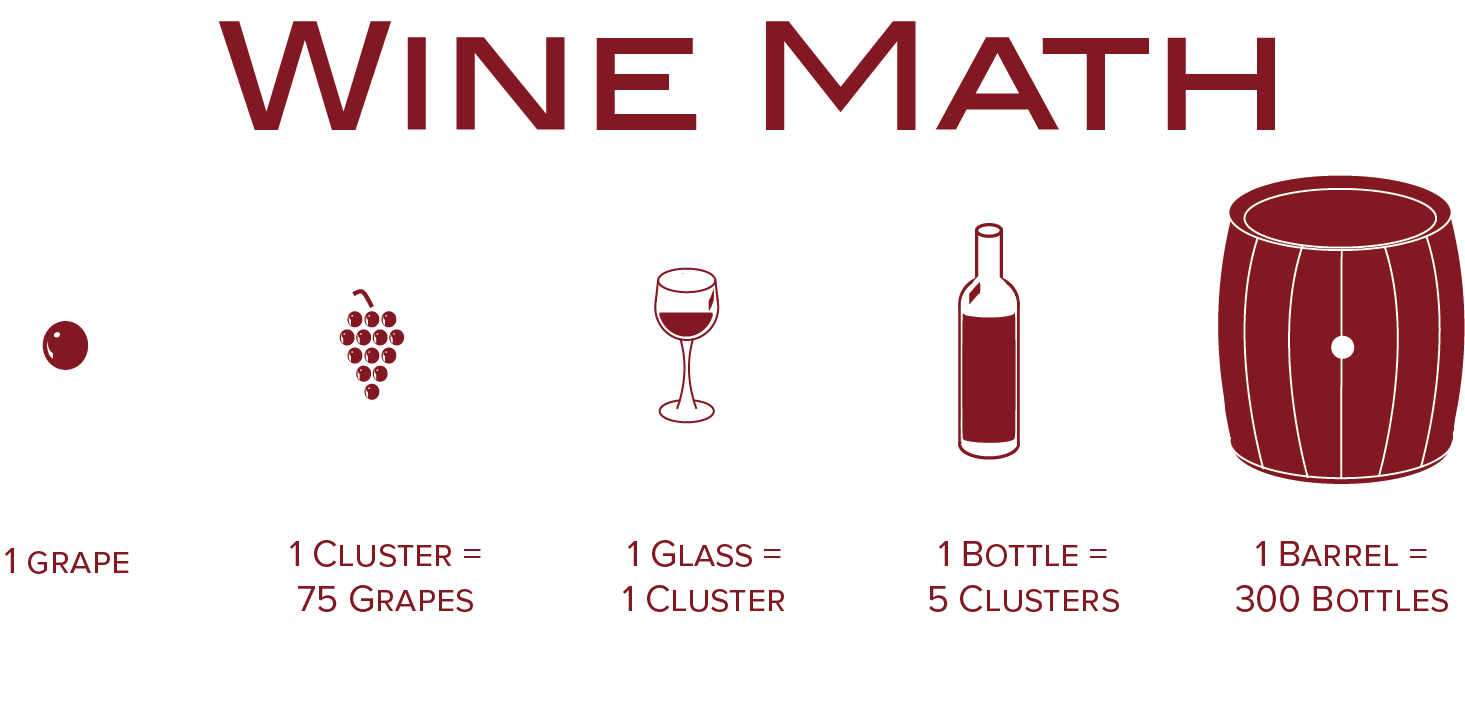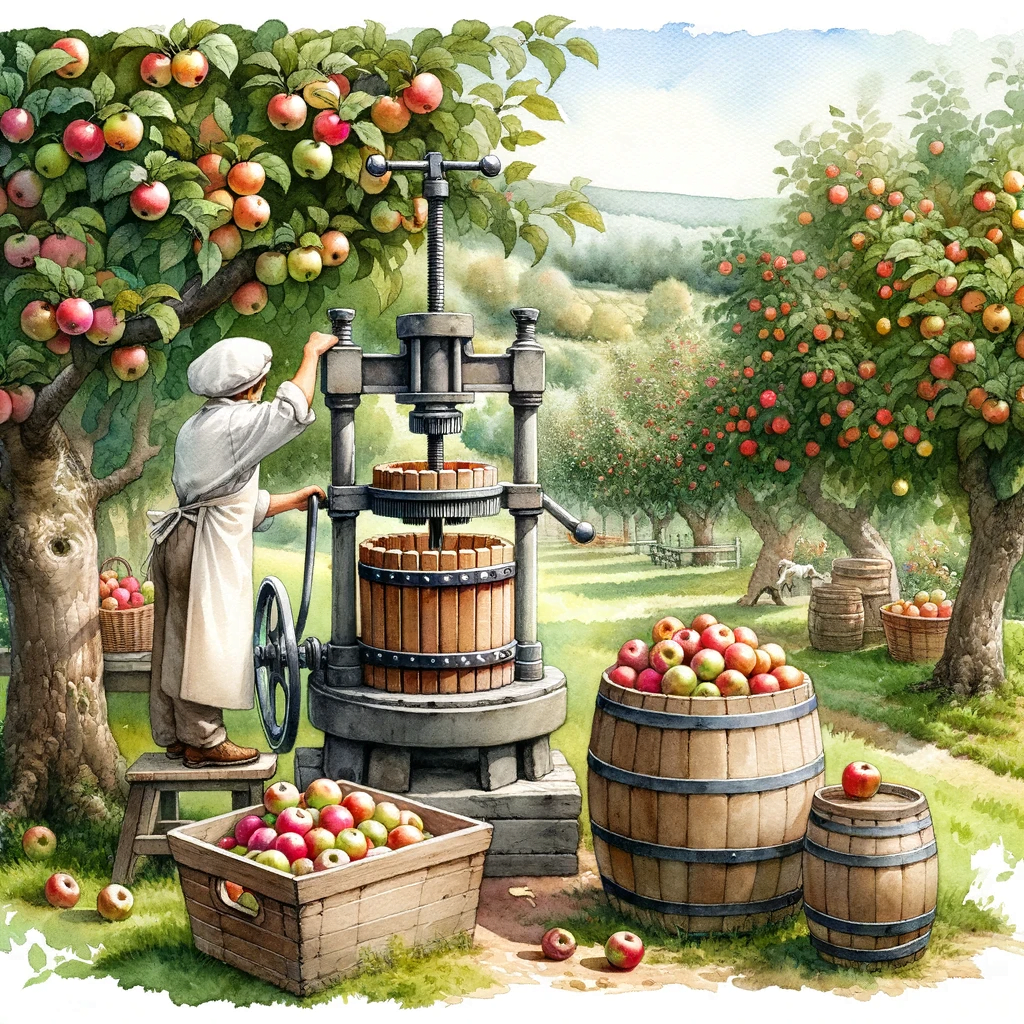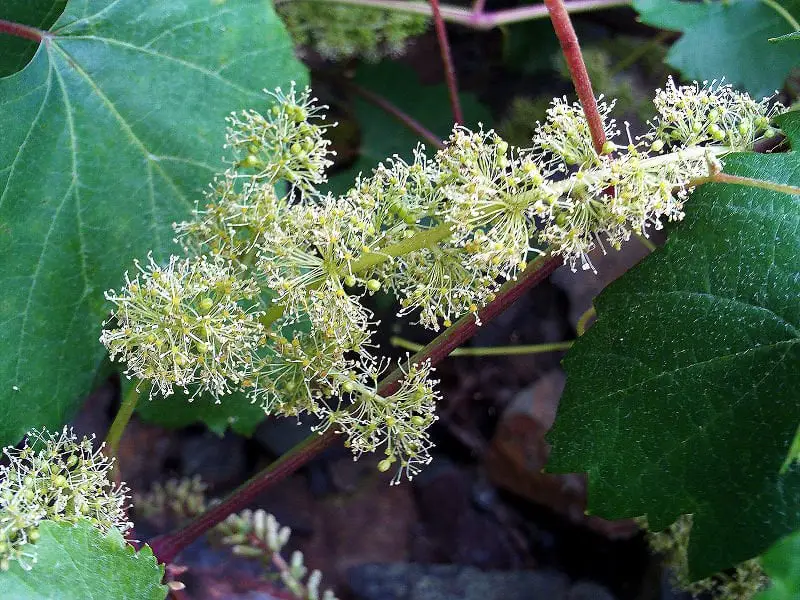Apple pears, also known as Asian pears, are a delightful fruit that combines the crispness of an apple with the juiciness of a pear. However, knowing when these delectable fruits are at their peak ripeness can be a challenge. In this article, we will explore the factors that determine the ripeness of apple pears, providing you with valuable insight into when to enjoy them at their best. From the color and texture to the aroma and firmness, understanding these indicators will ensure that you savor the perfect apple pear every time.
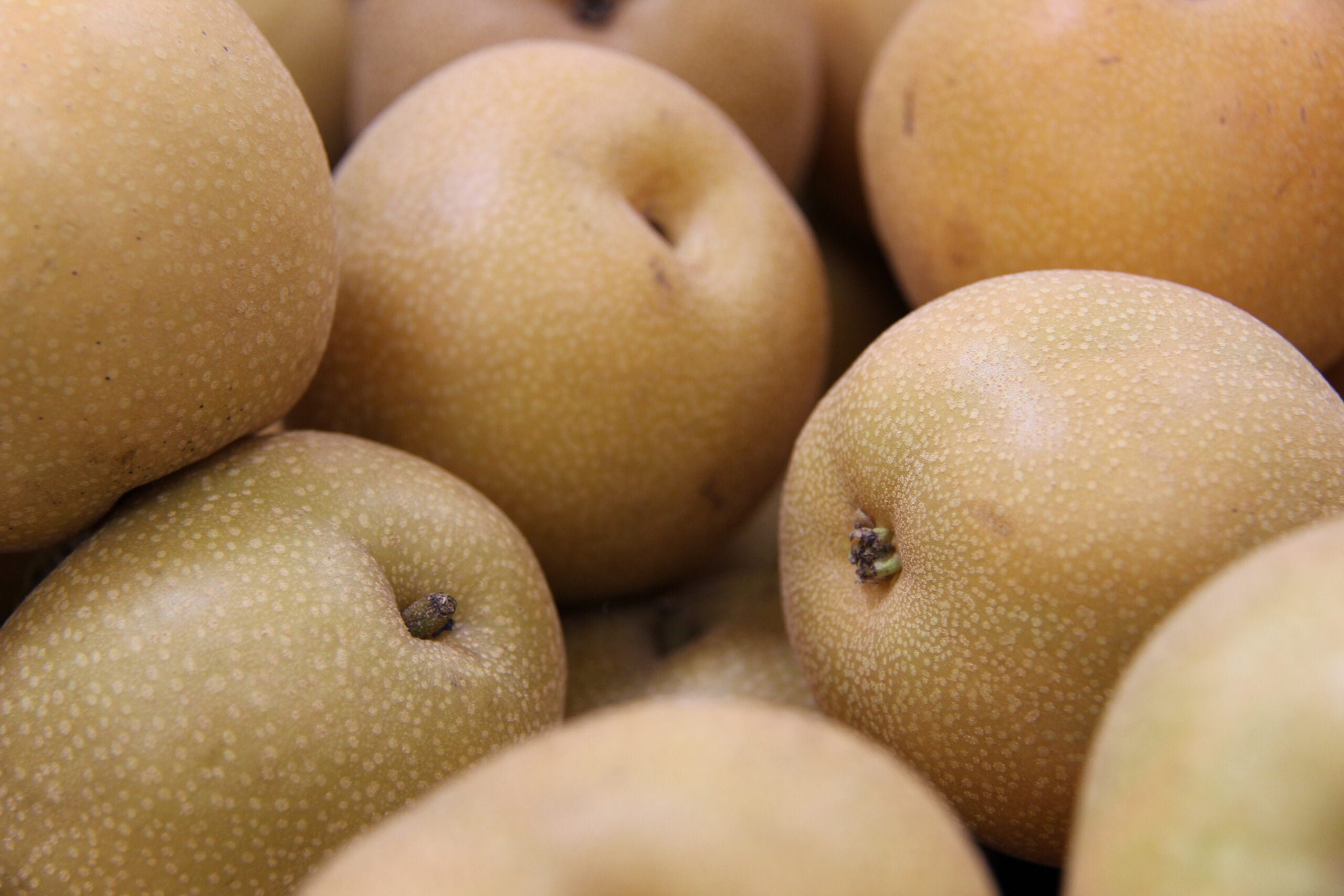
Factors Affecting Ripeness of Apple Pears
Climate and Growing Conditions
The climate and growing conditions play a significant role in determining the ripeness of apple pears. These fruits thrive in temperate regions with a moderate climate. Apple pears require a sufficient amount of sunlight, water, and well-drained soil to grow and ripen properly. Extreme temperatures, such as scorching heat or harsh frost, can negatively impact the ripening process and result in poor-quality fruit.
Variety of Apple Pears
The variety of apple pears can greatly influence their ripeness. Different varieties have varying maturity periods, meaning that some types of apple pears may ripen earlier or later than others. It is essential to be aware of the specific ripening characteristics of the apple pear variety you are dealing with to ensure optimal harvest timing and quality.
Fruit Appearance and Texture
Observing the appearance and texture of apple pears is another determinant of their ripeness. Ripe apple pears typically have a smooth and blemish-free skin that exhibits a vibrant color. The fruit should feel firm but yield slightly when gently pressed. Additionally, a ripe apple pear should have a juicy and crisp texture, indicating a perfect balance between ripeness and freshness.
Physical Indicators of Ripeness
Color of Apple Pears
The color of apple pears is a visual cue that can indicate their ripeness. As the fruit matures and ripens, it undergoes a transformation in color. Depending on the variety, ripe apple pears can range from pale green to a golden yellow or light brown hue. It is essential to consult specific ripening guidelines for the particular apple pear variety you are dealing with, as the color changes may differ.
Firmness and Texture
Assessing the firmness and texture of apple pears is crucial in determining their ripeness. Ripe apple pears should feel firm but not too hard. Gently applying pressure to the fruit with your thumb near the stem end should result in a slight yield. However, if the fruit feels mushy or overly soft, it may indicate overripeness or decay.
Fragrance of Apple Pears
The fragrance of apple pears can also serve as an indicator of their ripeness. A ripe apple pear will emit a sweet aroma, signaling that it is at its peak of flavor and readiness for consumption. However, it is important to note that some varieties may have a more subtle fragrance, so it is advisable to consult specific guidelines for the variety you are dealing with.
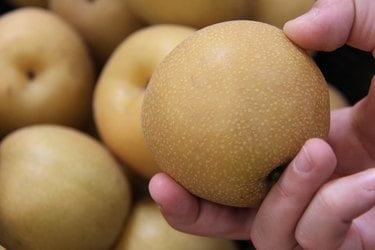
Harvesting Apple Pears
Timing of Harvest
Determining the ideal timing for apple pear harvest is essential to ensure optimal ripeness and flavor. Harvesting too early can result in underripe fruit that lacks sweetness and develops a starchy texture. On the other hand, delaying the harvest too long may lead to overripe or spoiled fruit. Each apple pear variety has its own harvest window, which can vary based on the climate and growing conditions. Careful observation and regular fruit sampling are required to determine the perfect harvest time.
Gentle Manipulation
During the harvesting process, it is crucial to handle apple pears with care to avoid bruising or damaging the fruit. Gentle manipulation minimizes the risk of physical injuries, which can hasten the ripening process and compromise the quality of the fruit. Harvesting apple pears using proper tools and techniques, such as using a sharp knife or gently twisting the stem, helps ensure the fruit remains intact and maintains its freshness.
Storage and Ripening of Apple Pears
Ideal Storage Conditions
Creating the ideal storage conditions is crucial for preserving the ripeness and quality of apple pears. The fruit should be stored in a cool, dry, and well-ventilated area with a temperature range of 30-40°F (-1 to 4°C). High humidity levels should be avoided to prevent moisture-related issues, such as mold growth or fruit rot. Additionally, apple pears should be stored away from other ethylene-producing fruits, as this gas can accelerate ripening and potentially lead to premature spoilage.
Ethylene Gas
Ethylene gas is a natural plant hormone that plays a significant role in the ripening process of fruits, including apple pears. Exposure to ethylene gas can accelerate the ripening of apple pears, leading to a quicker transition from underripe to ripe. However, excessive exposure to ethylene gas can also result in overripe or spoiled fruit. It is important to carefully control ethylene exposure during the storage and ripening process to maintain the desired level of ripeness.
Ethylene-producing Fruits
Certain fruits, such as bananas, apples, and tomatoes, are known for their high ethylene production. Placing apple pears in close proximity to these ethylene-producing fruits can expedite the ripening process. If you want to accelerate the ripening of underripe apple pears, you can store them with ethylene producers. However, if you wish to slow down the ripening process, it is advisable to separate the apple pears from these fruits.
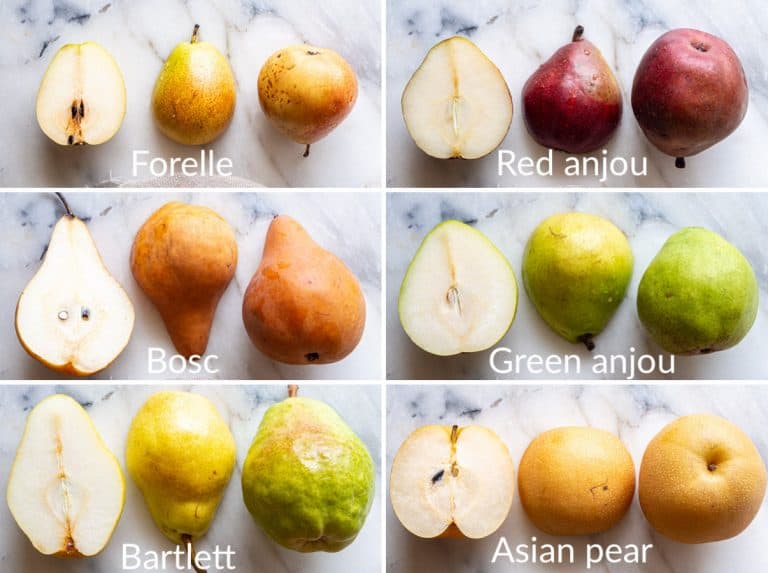
Ripening Apple Pears at Home
Monitoring Fruit Maturity
Monitoring the maturity of apple pears at home is essential to ensure they are harvested and consumed at the desired ripeness. Regularly assessing the color, firmness, and fragrance of the fruit can help determine the progress of ripening. By observing these physical indicators, you can decide when it is optimal to start consuming or cooking with the apple pears.
Room Temperature
To ripen apple pears at home, it is recommended to store them at room temperature. However, it is crucial to avoid excessive heat exposure, as this can lead to accelerated ripening and potential deterioration of the fruit. A cool room with proper ventilation will provide an ideal environment for gradual ripening, allowing you to enjoy the fruit at its peak flavor and texture.
Checking for Ripeness
To check whether apple pears have reached the desired ripeness, gently press the fruit near the stem end. If it yields slightly under gentle pressure, it indicates that the fruit is ripe and ready to eat. However, if the fruit feels excessively soft or mushy, it may be overripe and past its prime. Conduct regular checks to ensure you consume the apple pears at their optimal ripeness and enjoy their full flavor potential.
Common Signs of Overripe Apple Pears
Texture Changes
Overripe apple pears often exhibit significant texture changes compared to their ripe counterparts. The fruit may become excessively soft and mushy, making it less enjoyable to eat raw. The flesh may lose its crispness and become mealy or grainy in texture, detracting from the overall eating experience.
Excessive Softness
When apple pears become overripe, they become overly soft to the touch. Pressing the fruit gently near the stem end results in excessive yield, indicating that the fruit is past its prime and may not be suitable for consumption. Overly soft apple pears are more prone to bruising and decay, making it important to discard them to avoid potential health risks.
Off Odor
Overripe apple pears can develop an off odor, indicating the onset of decay or fermentation. The fruit may emit a sour or vinegary smell, which is a strong indication that it is no longer suitable for consumption. It is important to pay attention to the scent of apple pears to ensure food safety and avoid any unpleasant experiences.
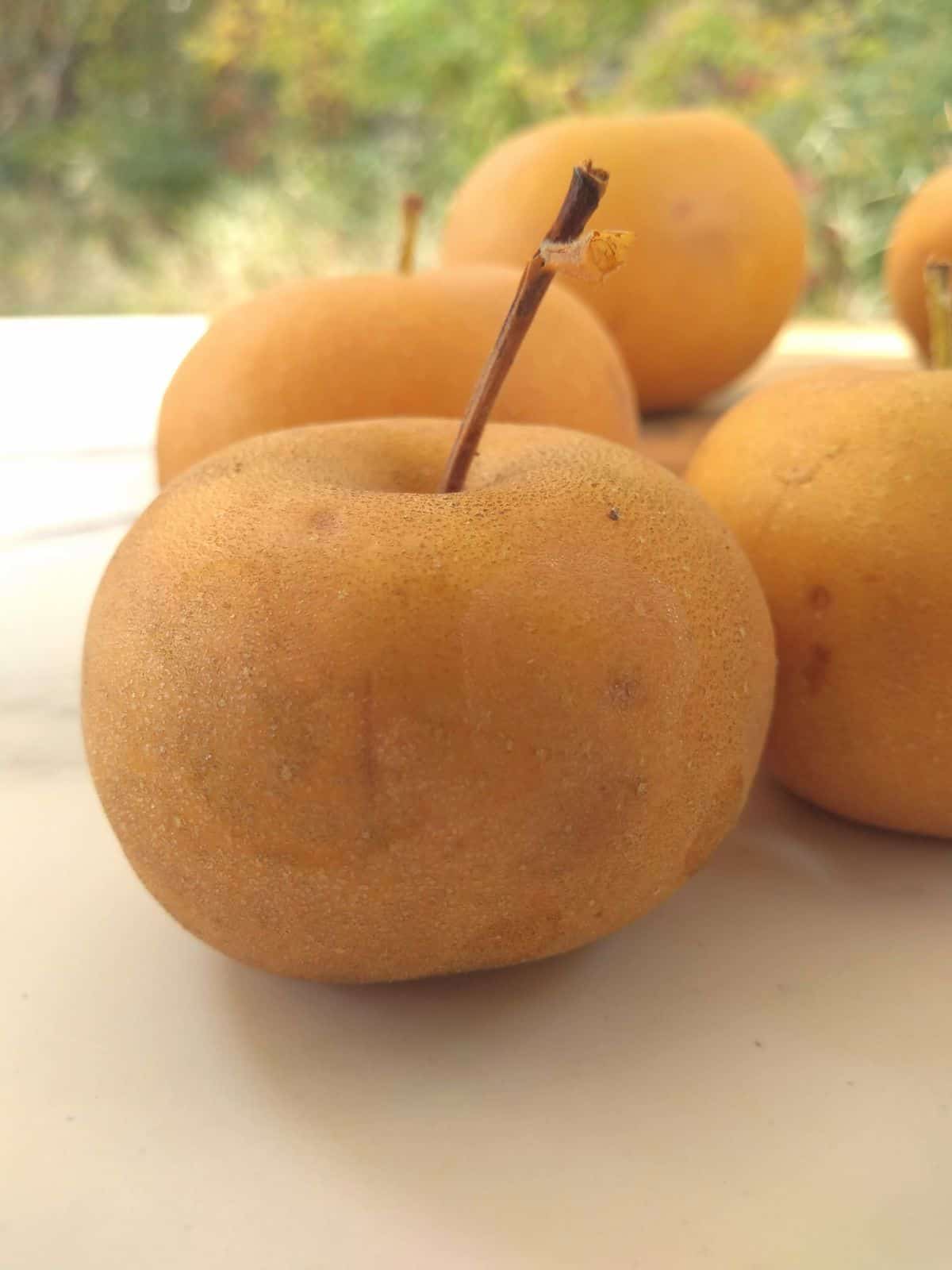
Differentiating Ripe and Unripe Apple Pears
Color
Color plays a significant role in distinguishing between ripe and unripe apple pears. Unripe fruits tend to have a predominantly green hue, which may appear slightly dull. As the apple pears ripen, their color changes to a vibrant golden yellow or light brown, indicating that they are ready to be consumed. Determining the specific color changes for the variety of apple pears you are dealing with is essential to ensure accurate differentiation.
Firmness
Assessing the firmness of apple pears helps in differentiating between ripe and unripe fruit. Unripe apple pears feel firm and hard to the touch, lacking the slight yield observed in ripe fruit. Ripe apple pears, on the other hand, should feel firm but yield slightly when gently pressed near the stem end. This slight give is an indicator of optimal ripeness and readiness for consumption.
Taste
Taste is the most reliable indicator of ripeness when differentiating between ripe and unripe apple pears. Unripe fruit tends to have a starchy flavor and lacks the characteristic sweetness associated with ripe apple pears. Ripe apple pears offer a delightful blend of sweetness and mild acidity, providing a refreshing taste experience. Sampling the fruit is the best way to determine its ripeness and ensure a satisfying eating experience.
Utilizing Ripe Apple Pears
Consuming Fresh
Ripe apple pears are a delicious and refreshing fruit that can be enjoyed fresh. The crisp and juicy texture, combined with the sweet and slightly tangy flavor, makes them a delightful snack on their own. Slicing the fruit and adding it to salads or enjoying it as a healthy dessert can also enhance the overall culinary experience.
Cooking and Baking
Ripe apple pears can be utilized in various culinary creations, both in cooked and baked dishes. They can be incorporated into pies, tarts, and crumbles, adding a unique flavor and texture to these desserts. Additionally, apple pears can be poached, stewed, or caramelized to create delectable sauces or toppings for meats, poultry, or even ice cream.
Canning and Preserving
If you have an abundance of ripe apple pears, canning and preserving them can help extend their shelf life and allow you to enjoy their flavors throughout the year. Canned apple pears can be used in compotes, chutneys, or as a topping for pancakes or waffles. Properly sealed jars of preserved apple pears can be stored for months, ensuring a supply of this versatile fruit when it is no longer in season.
Making Juice and Cider
Ripe apple pears can be juiced to create a refreshing and nutritious beverage. The juice of apple pears can be consumed on its own or combined with other fruits to create flavorful blends. Additionally, apple pears can be used in the production of cider, offering a unique twist on traditional apple cider. The natural sweetness and subtle pear notes add complexity to the flavor profile of the finished beverage.
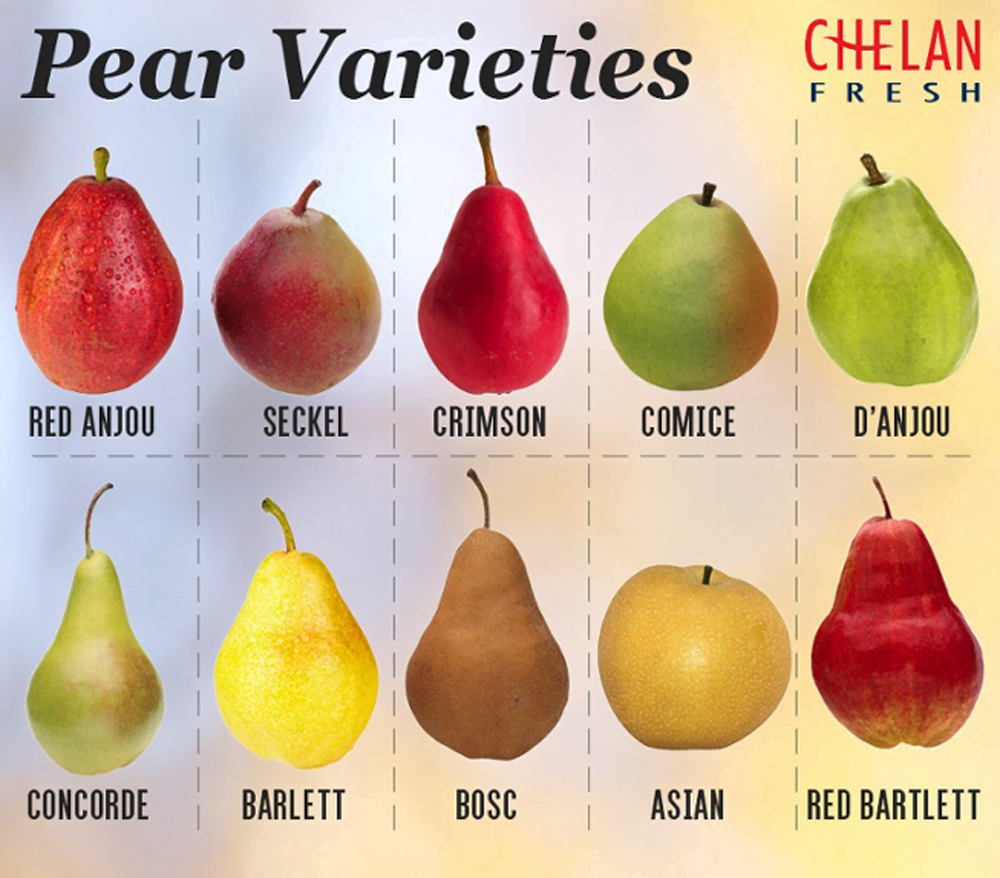
Extended Shelf Life of Apple Pears
Refrigeration
Refrigeration is an effective method for extending the shelf life of apple pears. Place the ripe fruit in a refrigerator set between 30-40°F (-1 to 4°C) to slow down the ripening process. This cool environment helps maintain the fruit’s freshness and quality for a longer duration. However, it is important to note that refrigeration may alter the texture of apple pears slightly, causing them to become slightly softer.
Freezing
Freezing apple pears is another option for extending their shelf life. Before freezing, the fruit should be properly prepared by peeling, coring, and slicing. Blanched apple pears can be packed in airtight containers or freezer bags and stored in a freezer set at 0°F (-18°C) or below. Properly frozen apple pears can be stored for up to a year, allowing you to enjoy the flavors of the fruit even when it is out of season.
Importance of Proper Ripening
Flavor Development
Proper ripening of apple pears is essential for the development of their full flavor potential. When allowed to ripen fully, apple pears undergo complex biochemical changes that enhance their sweetness, aroma, and overall taste. Consuming apple pears at their optimal ripeness ensures a more pleasurable eating experience and allows you to savor the unique flavor profile that this fruit offers.
Nutritional Value
The ripening process of apple pears significantly affects their nutritional composition. As the fruit ripens, it undergoes changes in sugar content, vitamin levels, and antioxidant activity. Ripe apple pears are a rich source of dietary fiber, potassium, and vitamin C, providing numerous health benefits. By allowing apple pears to ripen properly, you can maximize their nutritional value and promote overall well-being.
Food Safety
Proper ripening of apple pears is not only important for flavor and nutritional reasons but also for ensuring food safety. Overripe fruits can become susceptible to microbial growth, leading to the potential development of foodborne illnesses. Consuming apple pears at the appropriate ripeness stage reduces the risk of consuming contaminated fruit and helps maintain optimal food safety standards.
